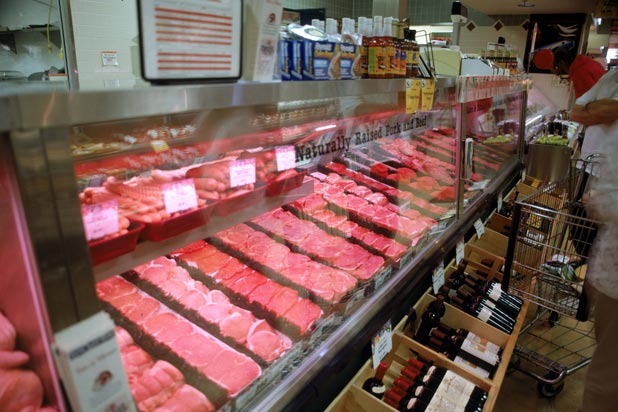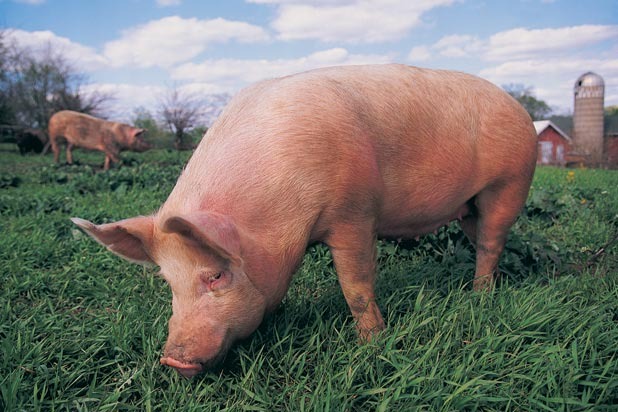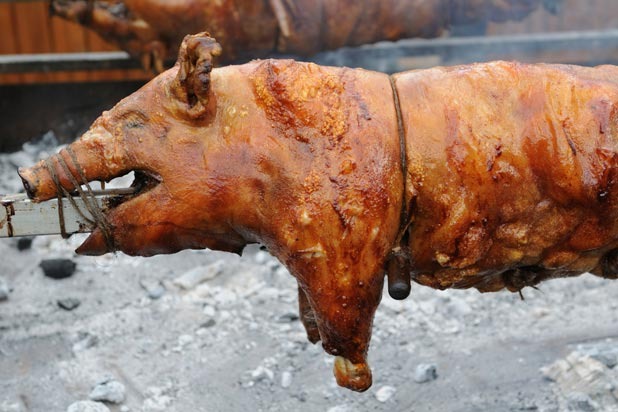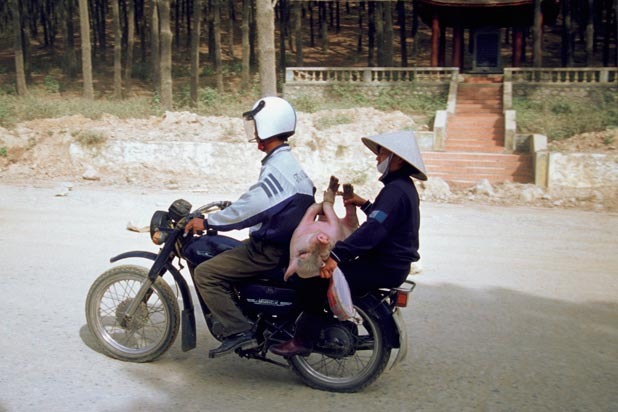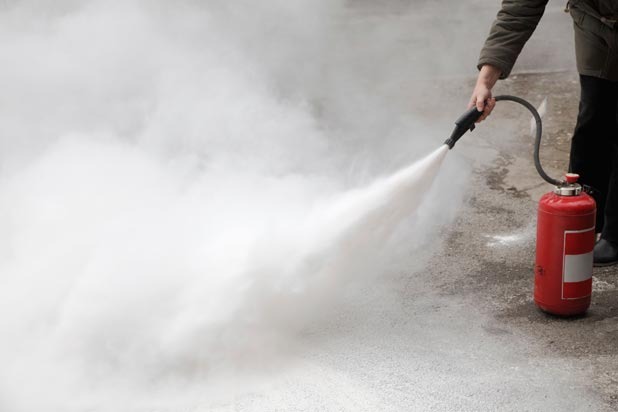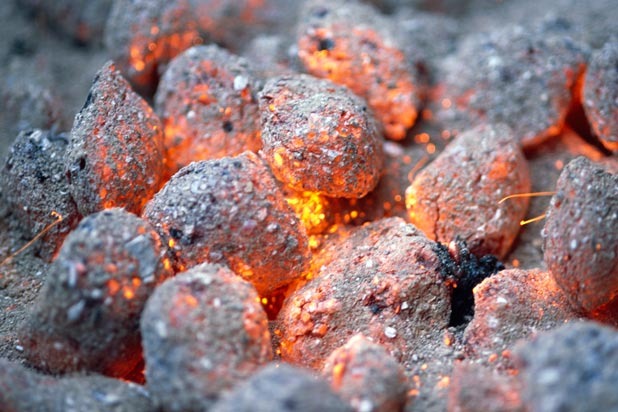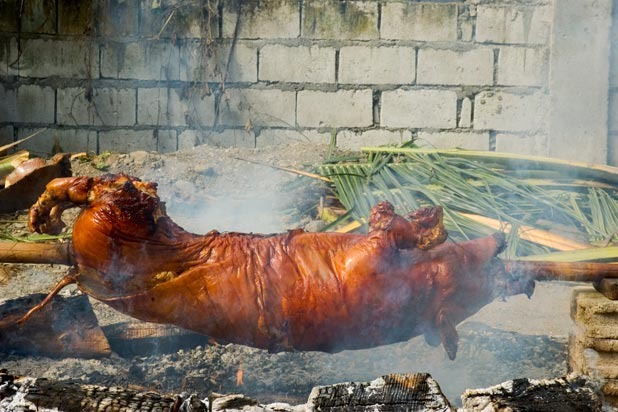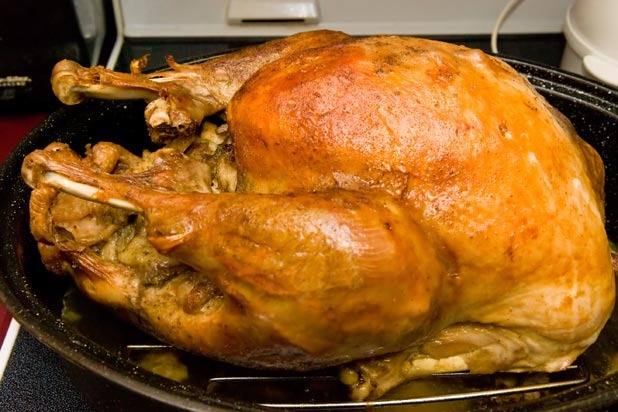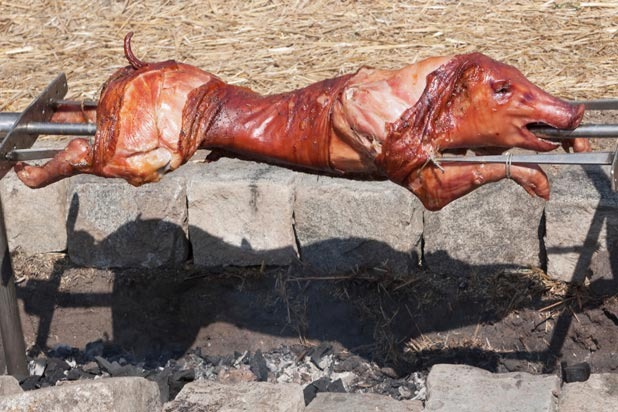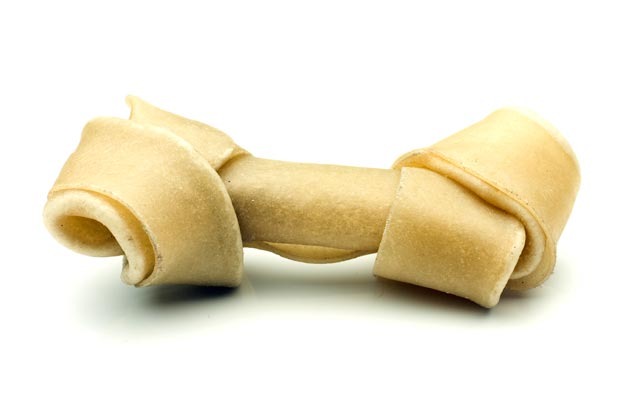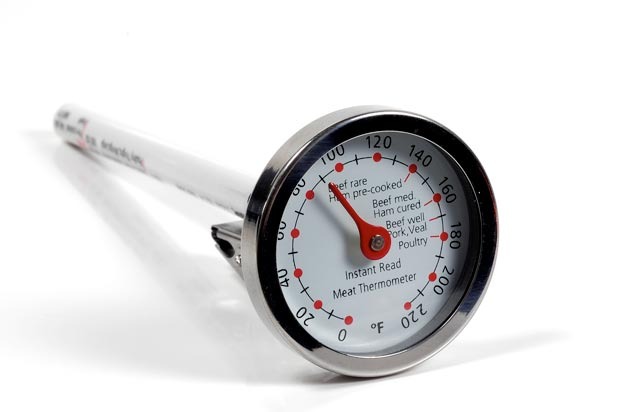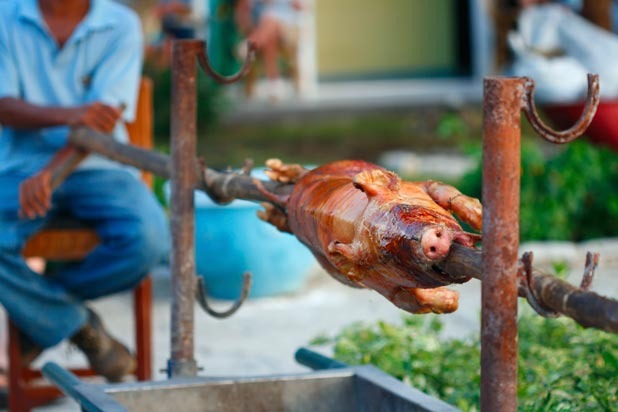How To Safely Do A Backyard Pig Roast Slideshow
We may receive a commission on purchases made from links.
1. Where to Buy the Pig
Ray Lampe, author of Slow Fire and numerous other barbecue cookbooks, winner of more than 300 barbecue contests, and judge of Food Network's Tailgate Warriors with Guy Fieri, says that a good place to start would be a Hispanic or other ethnic market. Another good place to start would be a restaurant supply store, like Restaurant Depot, which has locations in 27 states throughout the country. Failing that, a trip to the meat counter at the regular old supermarket probably won't get you a pig, but chances are the butcher there will be able to point you in the right direction. Hey, nobody said this was going to be easy.
2. How Big of a Pig?
Lampe recommends asking for about a 60-pound hog. Anything smaller than that, and it just won't look like a pig as it cooks — more like a hairless poodle. Anything larger than that and it'll just take too long to cook. Anyway, in his experience, you usually get a bit more than what you ask for — ask for a 60-pound hog and they'll likely give you something weighing closer to 70 pounds. That's fine; Lampe says the yield isn't exactly spectacular anyway. A pig like that will feed about 60 people, or about 1/3 pound of meat per person.
3. How Much Will It Cost?
Expect a hog to run for about $2 to $3 a pound. That means the pig alone will cost about $120 to $210. Hey, nobody said this would be cheap, either.
4. No Guts, No Glory
Whole animals equal a whole lot of offal. Lampe says most butchers will take everything out except for the kidneys, and the head will remain intact. Whether you decide to leave all of that in is a matter of preference, but he says he usually takes the kidneys out.
5. How Many People Will I Need?
It's definitely at least a three-man job.
6. What Else Do I Need?
You'll need to rent a spit — a commercial-grade rotisserie can run you a cool $2,000 or more, but Lampe says the folks at Big John Charcoal Rotisserie and Grill, a national online and mail-order retailer specializing in commercial and residential barbecue and grilling equipment, should be able to point you in the right direction when looking for rentals in your area. We recommend one with a rotisserie motor so you don't have to stand there and spin the pig yourself all day.
You'll need some sand as well, to catch any grease that drips over the edge of the spit as the pig roasts, a fire extinguisher, of course, in case things go horribly wrong, a tub of water for flare-ups, a meat thermometer, chicken wire or butcher's twine for tying the pig to the spit, a few blocks of wood and a really big hammer, a metal barrel for lighting charcoal (more on that later), a shovel (unless you can handle hot coals with your bare hands), pliers, thick rubber gloves, lots of aluminum foil, a large enough truck to carry the pig and everything else, and of course, charcoal.
7. How Much Charcoal Should I Buy?
Lampe says that you'll need about 100 pounds of charcoal for a 60-pound hog. Avoid purchasing "self-starting" charcoal; old-fashioned is the way to go.
8. The Setup
Be sure to pick an area far away from anything flammable (a concrete surface far away from any grass, trees, or leaves is probably a good idea). Wash the pig inside and out, especially around the ears, snout, and feet. Stick a block of wood in between the jaws; otherwise, Lampe says, the jaws will clamp shut as the hog cooks, and you won't be able to stick the apple in its mouth afterward. Seriously.
9. Just Like a Turkey
Lampe recommends seasoning the pig inside and out, and just like a turkey, injecting it with something to keep it moist; a mixture of apple juice, soy sauce, Worcestershire, hot sauce, and/or cider vinegar into the hog will help keep the meat juicy. Concentrate on the shoulders and hams, which have to be cooked to a higher internal temperature.
10. Where Do I Jam That Thing?
Well, honestly, the next part isn't pretty. Secure the skewer to the spit. Take the spit and skewer and run it right through the middle of the pig, starting from the back. Lampe says it's important to try to get the skewer to pierce the sternum so that it stays securely in place as the pig cooks. This is where the block of wood and big hammer come in. If there's a second skewer, do the same.
11. Details, Details
Secure the hog to the support bars on the spit, especially the legs and feet, using chicken wire. Really though, just tie it up as many places as you can.
Lampe also says to cover the ears with foil and stand them upright; otherwise, they'll burn before the rest of the hog finishes cooking. Then, toward the end of the cooking process, you can remove the foil and let them crisp up.
Place the spit on the rotisserie frame. Install any safety guards or covers according to manufacturer directions.
12. Fire It Up
Build a charcoal fire about 10 to 12 inches below the hog. It's pretty much the same as building any other charcoal fire; light it up and let the flames die out. You'll want to start with about 30 pounds of charcoal. There are a few other things to note, however.
Lampe says that when arranging the coals, aim for a "dog bone" shape — more in the back and more in the front, and not so much in the middle. That's because the shoulders and hams require more heat to cook through, and the center of the pig cooks more quickly.
It's also a good idea to spread out a bunch of sand underneath the pig, to catch any grease that drips off the pig as it cooks. Like cooking any other piece of meat, flare-ups can char the skin before the meat inside cooks.
13. How Long Do I Cook It?
It's going to take all day. More precisely, about eight to 10 hours. Lampe says that you'll want to start gently with the heat and then ramp it up toward the end of the process. That way, you won't get the skin too dark too early, or have it crack, which would let all the moisture out of the meat.
And it goes without saying, don't walk away. You'll need to stick around to add about 10 pounds of charcoal per hour (less in the beginning) to keep the heat going. This is where the metal barrel comes in handy, so you only add lit charcoal to the pile under the pig.
Lastly, as we mentioned before, the pig, like any other piece of meat, will shrink as it cooks, so get those pliers out and tighten any chicken wire as needed.
14. Cooking Temperatures, Simplified
Lampe says to shoot for about 145 degrees in the tenderloin and at least 160 degrees in the shoulders and hams (otherwise, the meat will still be stuck to the bone). As always, insert the meat thermometer into the thickest part of the meat without touching the bone.
15. Party Time!
Set up a table that's strong enough to handle the whole hog and cover it completely with aluminum foil. Get the luau stuff out, remove the spit from the frame, and place it on the platter. Let rest for at least an hour before removing the spit from the hog and carving into it. Stick an apple in its mouth. Bon appétit!
